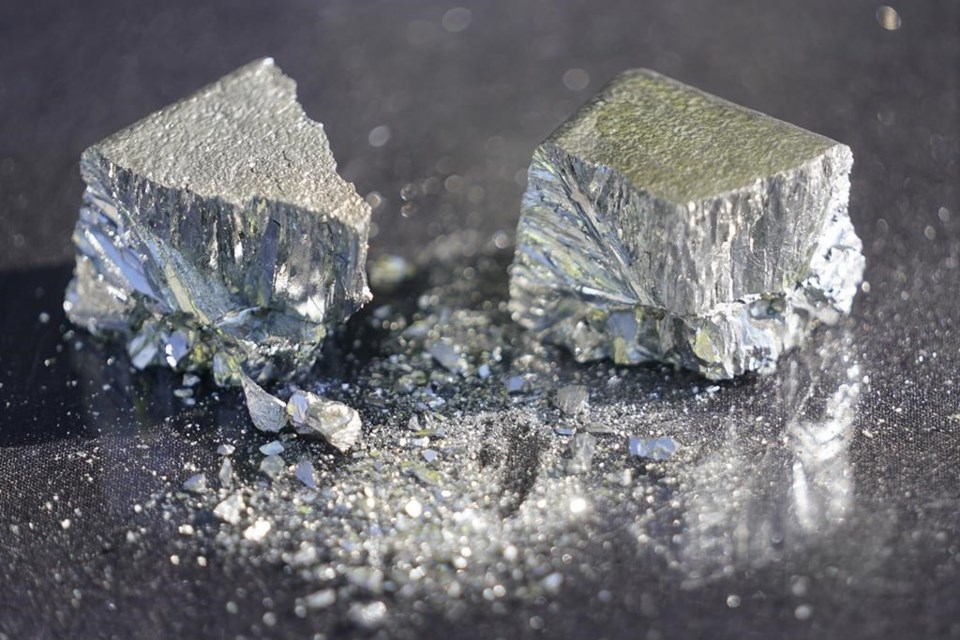The Saskatchewan government is hoping to bolster critical mineral exploration after announcing a strategy Monday that aims to attract investment and double production by 2030.
The strategy would see the province expand a tax credit program and provide millions more dollars in grants to companies.
The federal government has promoted critical minerals as being essential for moving toward a greener and more digitally focused economy. Producing more of them at home would also help avoid supply-chain disruptions, given China is the main producer, Ottawa has said.
Critical minerals include lithium, cobalt, copper, nickel, zinc and rare earth elements. They are used for batteries, solar panels, computer chips and electrical transmission lines.
“Saskatchewan is a critical minerals leader today and will be a critical minerals powerhouse tomorrow,” Premier Scott Moe said in a news release.
"With our existing expertise in mining and processing, our province has the opportunity to become a critical minerals hub and meaningfully contribute to the global demand for these resources."
The Saskatchewan Party government plans to expand the mineral exploration tax credit to 30 per cent from 10 per cent. It’s available to residents who want to invest in exploration activities by purchasing eligible flow-through shares.
The government said it also plans to inject an additional $3.25-million annually though a grant program that offers financial assistance to companies looking to explore base metals, precious metals or diamonds in a specified region.
In the push to become a rare earth elements hub, the province previously announced $71 million to construct a processing facility that would turn minerals to metals.
Pam Schwann, president of the Saskatchewan Mining Association, welcomed the efforts.
"They position Saskatchewan to be one of the leading Canadian mineral jurisdictions and will be effective in incentivizing additional investment into Saskatchewan,” she said in a news release.
Bob Halliday, president of the Saskatchewan Environmental Society, said developing critical minerals would help the country move to electrification and reduce emissions.
However, Halliday said it’s important the minerals are developed responsibly and that regulations be in place beforehand.
“Governments should have their ducks in a row ahead of the development coming along, so companies can operate in a no-surprises kind of mode,” he said.
As part of the strategy, Saskatchewan is to review how it permits exploration activities.
The province has said this is meant to enhance transparency and reduce wait times, while also increasing “understanding and awareness within northern First Nations and Métis communities about the mineral exploration industry.”
The province said it wants to grow Indigenous participation in critical mineral development, noting a previously announced loan-guarantee program for Indigenous communities looking to invest in natural resources.
Saskatchewan’s strategy follows a critical mineral plan outlined by the federal government in early December. Ottawa’s plan suggests regulatory decisions should be sped up if Canada wants to become a global leader.
Along with critical minerals, Saskatchewan’s strategy aims to grow resources already well developed, like uranium and potash.
The province says interest in uranium has increased since Russia's invasion of Ukraine last year led to supply-chain concerns. Potential moves to nuclear power have also led to increased interest in uranium.
This report by The Canadian Press was first published March 27, 2023.
Jeremy Simes, The Canadian Press



